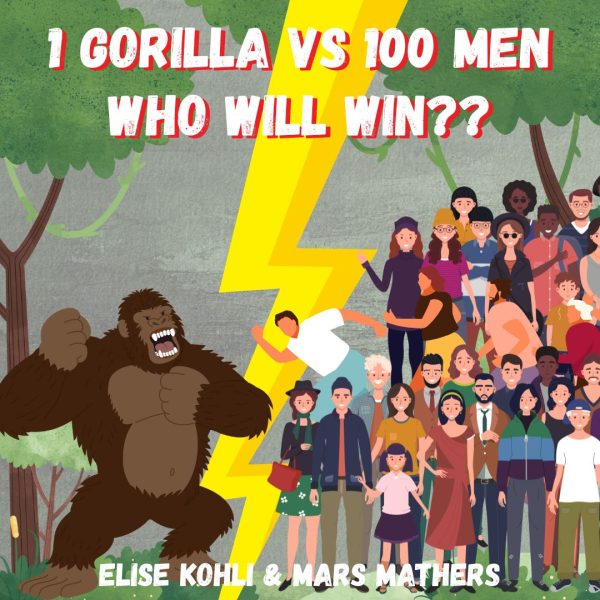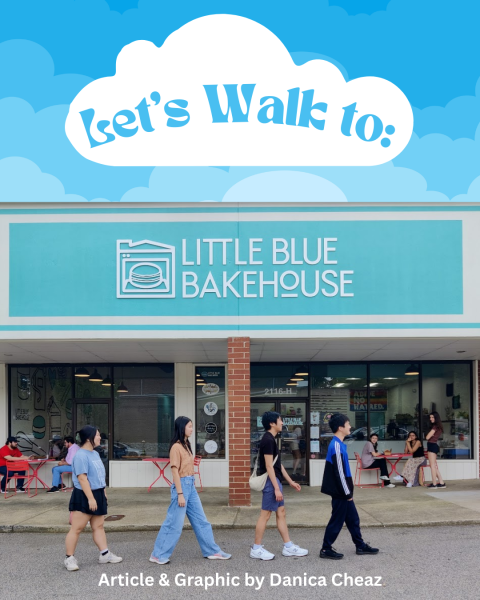Dismantling the Model Minority Myth
“Asian people have it so much better,” My friend says offhandedly. While she may not recognize the significance of her comment, to me, it represents a culture that has
turned a blind eye to the diversity of the Asian-American community, characterizing them as a monolithic group of people that are smart, polite, and successful. And even though these are generally positive stereotypes, they create standards for Asian-Americans that are much higher than other groups, consequently making people feel worthless when they’re not met.
This compartmentalization is called the model minority myth: it perpetuates a narrative that ignores the diversity of the minority group, erases individuality, and permeates people’s consciousness, causing them to make judgements without even realizing it. The first step to discard this myth is to dismantle it. The first step to dismantle it, is to acknowledge it.
A recent lawsuit against Harvard argued that college admissions officers also based judgements off of the myth by refusing admission to Asian-American applicants that had qualifications equivalent to, or better than, their white counterparts. The plaintiff, Students for Fair Admissions, claimed that Harvard held Asian applicants to a higher standard than other minority groups by denying them admission based off of “soft skills” – whereas applicants of other races were accepted with more weight on their actual grades and test scores. Although Harvard ultimately won the case (on a federal court level), the lawsuit raises interesting questions about the legitimacy of using race as a factor in college admissions, especially when one’s perception of race may be skewed.
On a broader scale, the myth drives racial wedges between minority groups by using the perceived collective successfulness of Asian-Americans to dismiss the racism that runs rampant in other groups, particularly black Americans. It is argued that if Asian-Americans can overcome the racial barriers imposed on them, then other minorities can too. It’s an unfair comparison that creates an ‘oppression olympics’ of sorts, pitting people of different races against each other despite their common maltreatment.
Ultimately, the myth barely scrapes the surface of the diversity that the Asian-American group possesses, and under that surface are complexities that aren’t portrayed to the general public, because no effort is made to truly look past this stereotype. There are times when the myth holds true, but Asian-Americans also face the same type of social inequality that other groups of color are subject to. Recognizing this subtle racism is vital to dismantling the unjust characterization that actively misrepresents Asian-Americans.
Your donation will support the student journalists of Enloe Magnet High School, allowing us to cover our annual website costs. We are extremely grateful for any contribution, big or small!

(She/her)
Navya is a senior and the opinion editor of the Eagle's Eye. In her free time, she reads, learns aerial acrobatics, and spends too much...






